Sigma 10mm f/2.8 Fisheye, Sigma 4.5mm f/2.8 Circular Fisheye, Sigma 12-24 EX DG. Click here to enlarge.
Few weeks ago I have reviewed the
Sigma 15 and Sigma 8mm Fisheye, two fisheyes for fullframe cameras. Unlike all other lenses, fisheyes don't try to correct the distortion, so they can achieve an amazing angle of view of 180 degrees (or even more, in some cases)! Until few years ago, if you had an APS-C camera, there was no way to get a real fisheye effect: there weren't fisheyes for the APS-C format, so you had to use fullframe fisheyes, that gave "just" an angle of view of 120 degrees, due to the 1.5x multiplier.
In 2003, Nikon announced the Nikkor 10.5mm, the first fisheye designed exclusively for APS-C cameras: a great news for Nikon users, but for years Canon, Sony and other brands users have had little of no options. In 2007, Sigma announced its first APS-C fisheyes, the 10mm (diagonal fisheye) and the 4.5mm (circular fisheye).
In comparison with their fullframe equivalent, the 15mm and 8mm, the new APS-C fisheye have clear improvements: the built quality is even better - they are on par with the Canon L lenses, except for weather sealing - and they have the ultrasonic AF motor, with full time manual focus. The AF is so fast that it seems almost istantaneous! Moreover, they have a very short minimum focussing distance, just 13.5 centimeters from the sensor: it means that you can get in sharp focus an object places at 2-3 centimeters from the lens!
As you can imagine, these lenses are great for creative purposes - they have an exaggerate depth of field, they create a very peculiar distortion and, thanks to their good macro ratio, they can be used even for macro photos of small subject into their environment.
Specifications (compared with the FF Fisheyes)
�
I have tested the two lenses on the 15 megapixels Canon 50D, that currently is the hightest resolution APS-C camera on the market (a fullframe camera with the same pixel density would have 38 megapixels!). The images above are the test photos; in the next table I have shown some 100% crops from the previous photos, converted with ACR with no sharpening, minimum contrast, and without any other enhancement.
�
The image quality is good in the center at every aperture, while the corners are always a little soft - they cleary improve by stopping down, but they are never super sharp. Both lenses have some chromatic aberration (but it can be corrected with Adobe Camera RAW); contrast is good.
Samples
These are some (post-processed) sample photos that I have taken to evaluate the image quality of the lenses.
Canon 50D, Sigma 10mm f/2.8 EX DG HSM Fisheye, 2.5" f/16, ISO 100. Click here to download full size photo.
Overall, the results are quite good, even though in the corners they are a little less sharp than their fullframe equivalents. The impressive 1:3 macro ratio of the 10mm allow to take very cool photos of small subjects!
Conclusions
If you are looking for an APS-C Fisheye, the Sigma 4.5mm and 10mm are two excellent choices. Personally I'd choose the 10mm because it has a much better macro ratio (1:3 on a fisheye lens is impressive!) and I prefer diagonal fisheyes (i.e. fisheye that cover the entire frame) to circular fisheye, but it is just a matter of personal prefereces: both lenses offer good image quality, except in the corners, and first rate built quality.
All fisheyes require some skill to give good results - sometimes it is not easy to master their enormous angle of view - but with some practice they can give marvelous results; the Sigma 10mm and 4.5mm are two great lenses for creative photography.

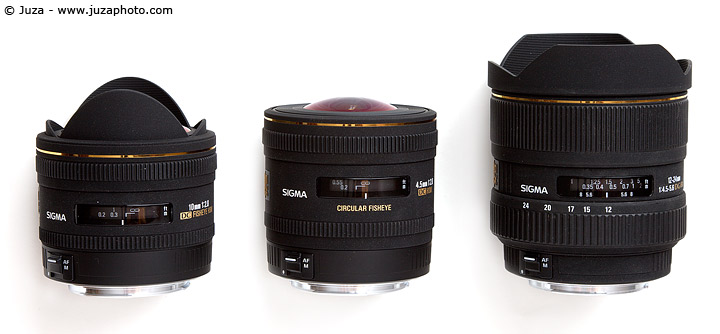
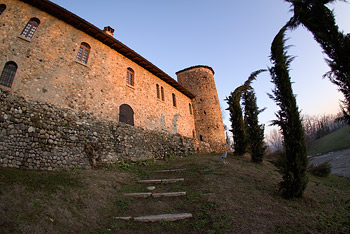
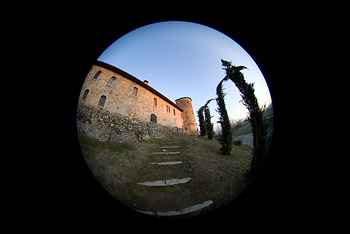

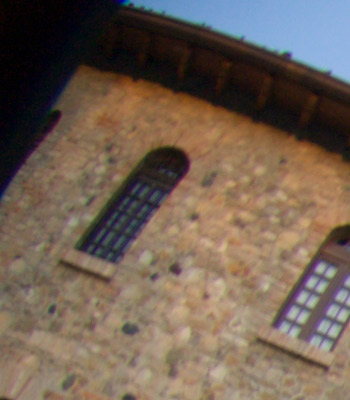

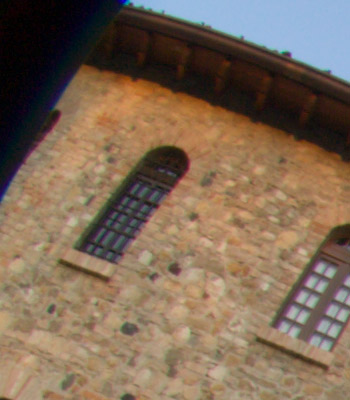

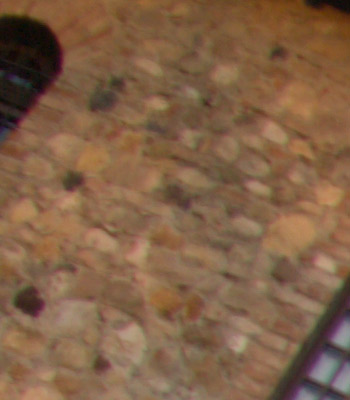

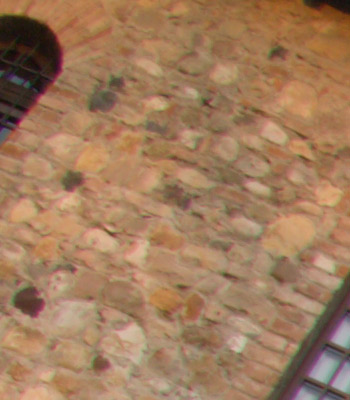
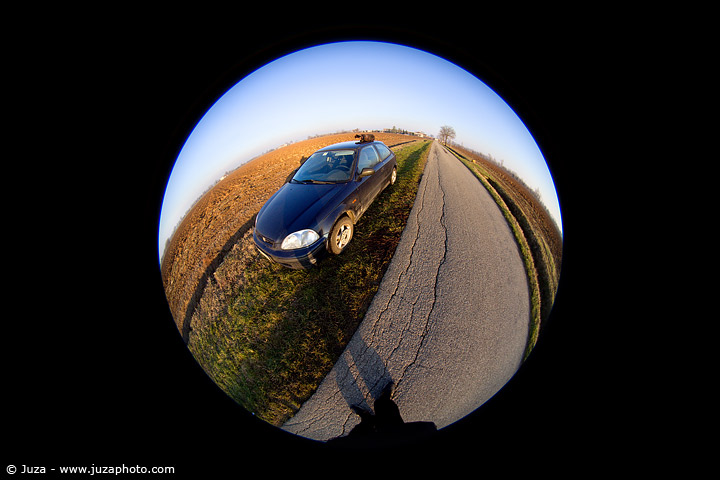
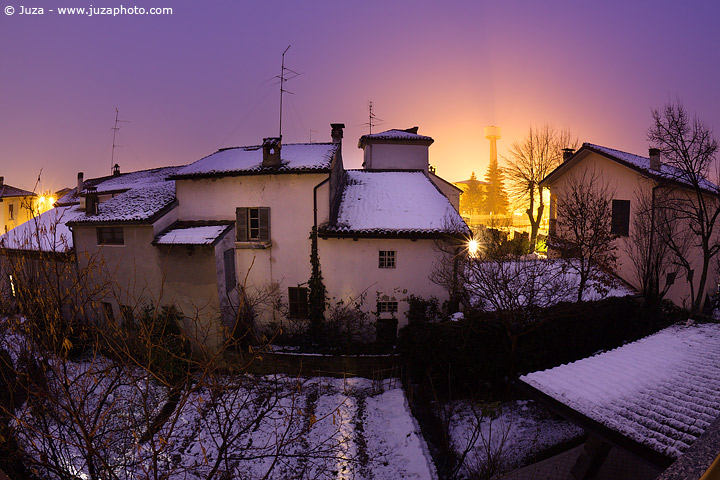
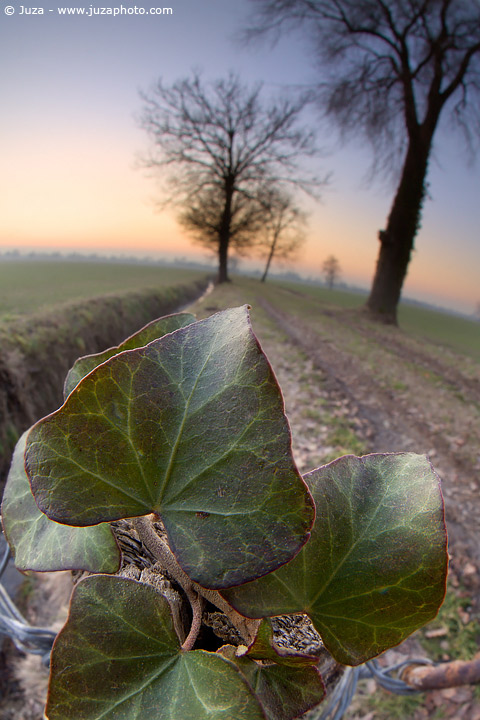
 JuzaPhoto contains affiliate links from Amazon and Ebay and JuzaPhoto earn a commission in case of purchase through affiliate links.
JuzaPhoto contains affiliate links from Amazon and Ebay and JuzaPhoto earn a commission in case of purchase through affiliate links.